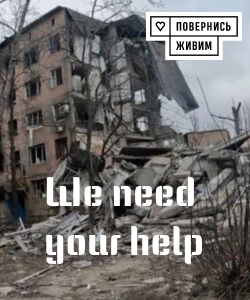Blood rivers in Sudan: Escalating violence and humanitarian catastrophe in El-Fashir

Recent satellite imagery reveals a nightmarish scene in the Sudanese city of El-Fashir.
Streets in this strategic part of North Darfur are literally soaked in blood, creating a horrifying landscape reminiscent of battleground fields.
The conflict between the Sudanese army and the Rapid Support Forces (RSF), which ignited in April 2023, has become extremely brutal and intense.
Reports confirm that El-Fashir’s situation has turned into one of the most destructive episodes in the country’s history, with mass killings and destruction reminiscent of the beginning of Somalia’s devastation.Officials and international organizations report unprecedented casualties and destruction.
The World Health Organization has stated that RSF forces mercilessly killed hundreds of people in the local hospital, destroying maternity wards, clinics for children and the elderly, and launching massive attacks on medical facilities, severely hampering aid delivery.
Residents are left without access to water, food, or safe shelter.
Many have had to flee their homes, living outdoors in remote areas tens of kilometers from the city.Meanwhile, local leaders, including former rebel leader Minni Minawi, warn of an escalating humanitarian crisis.
He reported that over 460 people died during the attack on a Saudi hospital in El-Fashir, and four doctors, a nurse, and a pharmacist were kidnapped.
According to the International Organization for Migration, more than 36,000 people have already fled the city, but the fate of another 200,000 residents remains unknown.
People are in dire need of water, food, and medical supplies.
The humanitarian situation in the region deeply alarms global organizations, especially the UN.Overall, the conflict in Sudan has lasted over a decade and has become one of the largest humanitarian disasters in recent history.
In 2023, fierce fighting between the Sudanese Armed Forces (SAF) and the RSF led to widespread destruction and massive casualties.
Today, more than 30 million people – nearly two-thirds of the country’s population – require urgent humanitarian aid and protection.
Over 10.8 million internally displaced persons have already been registered, with another 3.5 million having fled abroad as a result of the conflict.
It is a crisis of immense scale, destroying communities and threatening the future of the region.

